Timber's Resilience: Challenges and Opportunities
Timber is one of the building materials known for its strength and flexibility that has been tested from time to time, but in its evolution, in the 19th and 20th centuries, the use of wood material began to be left, and people began to switch to materials that are not flammable, durable, strong, and easy to produce in large volumes. These materials replaced wood favored because buildings became taller, more complex, and more profit-oriented, but wood remained in the spotlight as a material and began to be developed with technology. Since it was first engineered in the 1990s, products such as cross-laminated timber and glued laminated wood, along with lesser-known types of bulk wood such as dowel laminated wood, have grown in popularity. Currently, almost all buildings have used bulk wood material as the main material as well as aesthetic and ornamental materials only.
As the world's oldest source of building materials, wood is a natural material that can be renewed by replanting. One of the challenges is understanding the nature and performance of different wood species when exposed to various weather conditions or other environmental factors. Over time, many technological advances have been made in improving the capabilities of wood products, usually requiring additional maintenance or protective measures for applications that require additional protection. In addition, most sustainable structural timber systems rely on advanced engineering and design techniques that may only sometimes be available in a particular location due to a lack of expertise or resources.
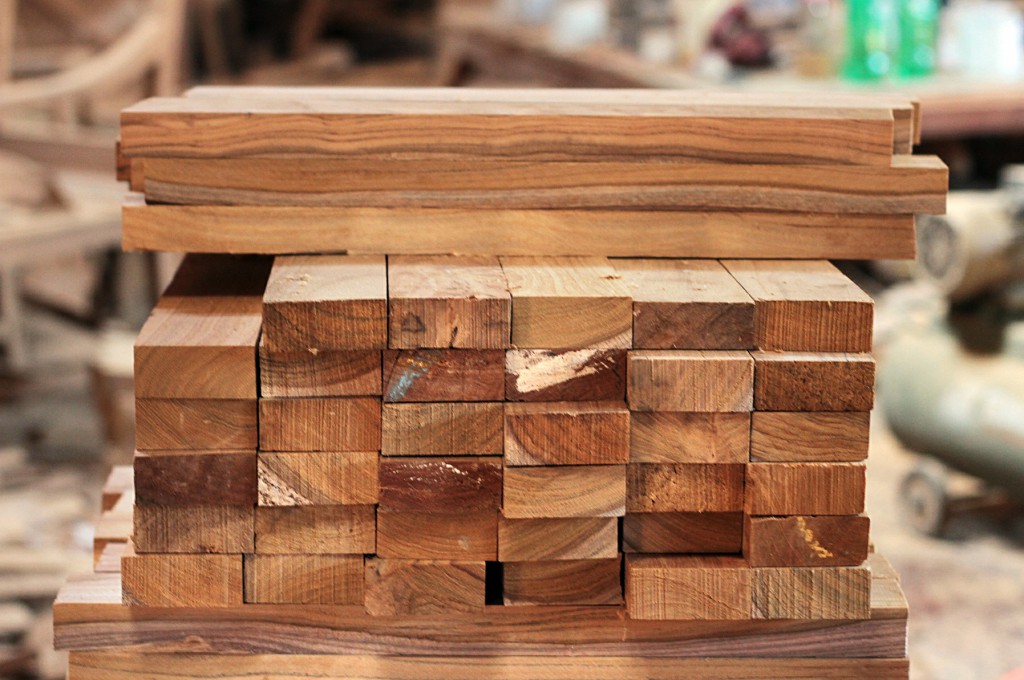
Wooden Board, Source by Nume Indonesia
The development of wood processing technology also has pros and cons, with the basis of environmental friendliness and sustainability raises various questions and problems. Starting from upstream in the form of plant and forest management to downstream with the question of whether wood processing will reduce the carbon footprint for the earth and can be a sustainable material. All speculations and debates arise from various disciplines and practitioners. Until now, studies and research are still being carried out on it before it has been carried out.
The International Institute of Sustainable Development (IISD) has warned that LCAs could ignore the major impacts of forest management and end-of-life on the overall climate impact of bulk wood products. For example, cutting down all the trees in a forest simultaneously, in a method called clear-cutting, can produce significant emissions by disrupting the soil and releasing the carbon it stores, which accounts for nearly 75 percent of a forest's total carbon stock.
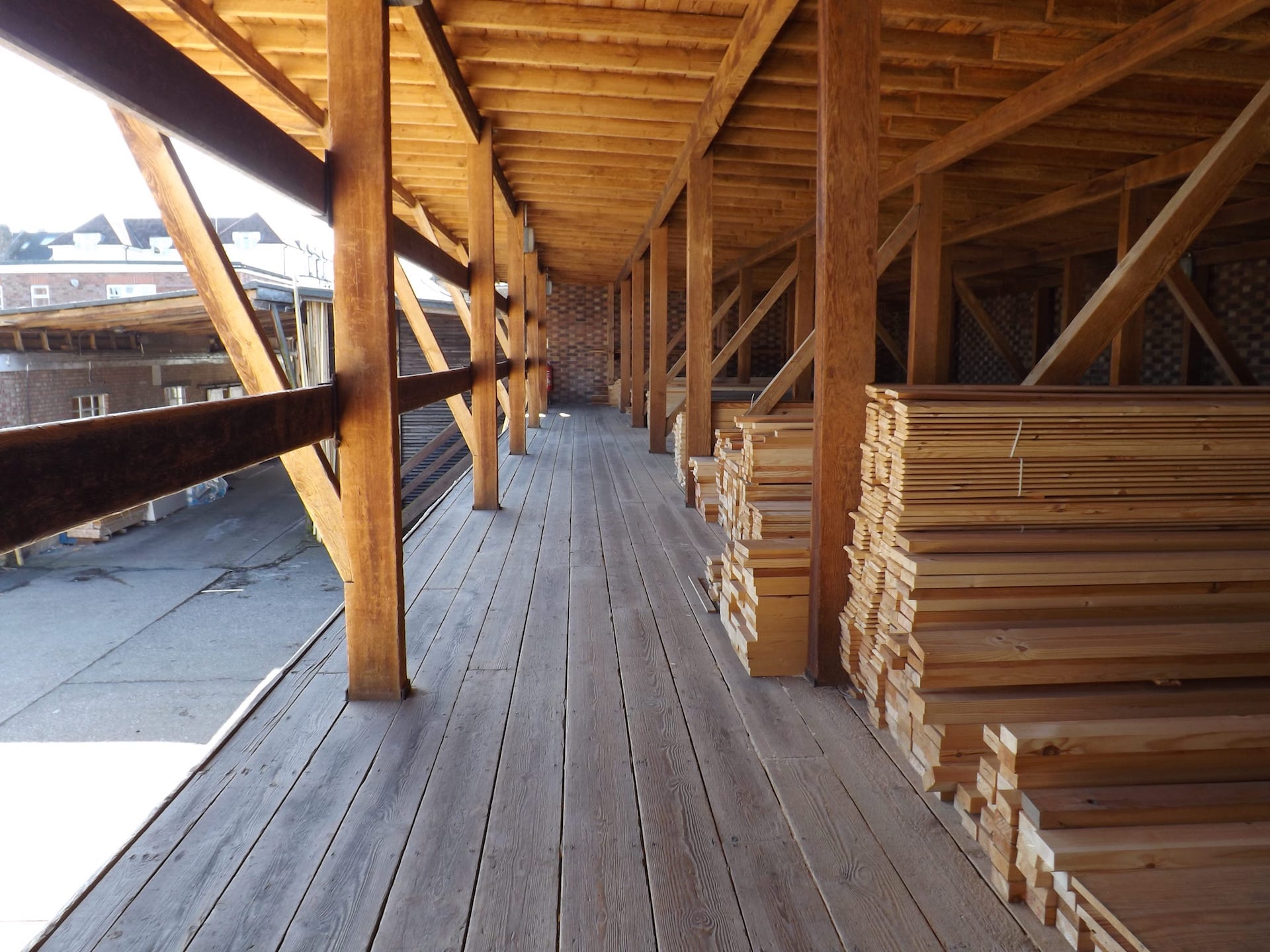 Timber processed products, Source by P.O. Joyce Timber
Timber processed products, Source by P.O. Joyce Timber
With these problems and debates, architects and designers must be wise and responsible in using wood as the concept of design, at least knowing the origin of the wood used in the design of the building. Although architects and designers must be meticulous in designing the use of wood in their design, if a building is designed for deconstruction and its wood components are reused, this can offer substantial carbon and ecosystem benefits and provide sustainable long-term carbon storage while reducing the need for logging as well as steel and concrete that produce high emissions. In addition, refrain from letting most wood-crushing wastes end up in landfills or incinerators.
Crucially, estimates of its end-of-life emissions are largely based on uncomplicatedly engineered products versus structural materials such as cross-laminated wood and glue so that they can respond differently. But the role of governments in taking these policies is also necessary to regulate and ensure responsible sourcing and disposal if we hope to accurately assess and realize the climate potential of mass timber.
 Application examples of wooden buildings, Source by Woodhouse Timber Frame Homes
Application examples of wooden buildings, Source by Woodhouse Timber Frame Homes

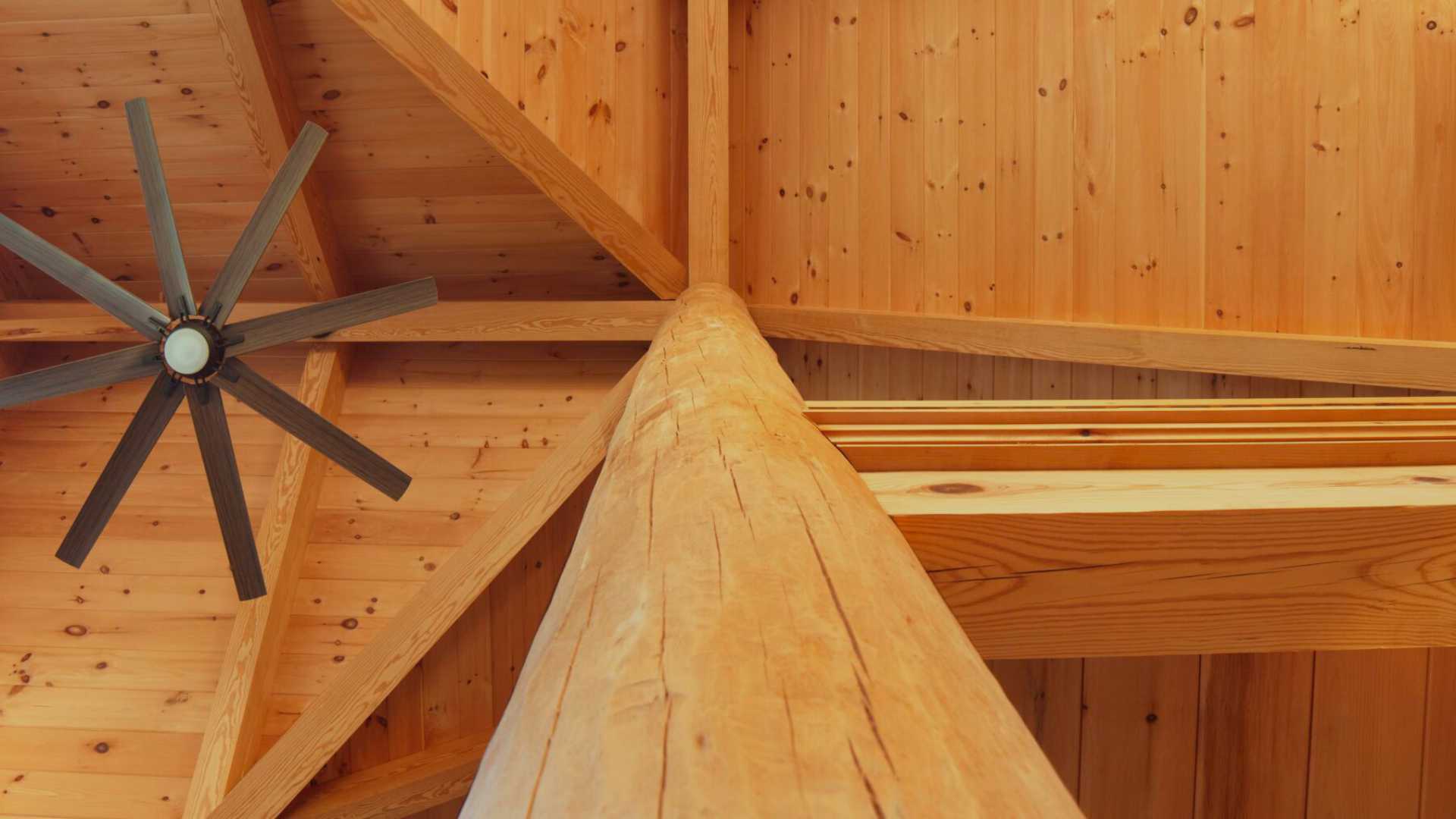




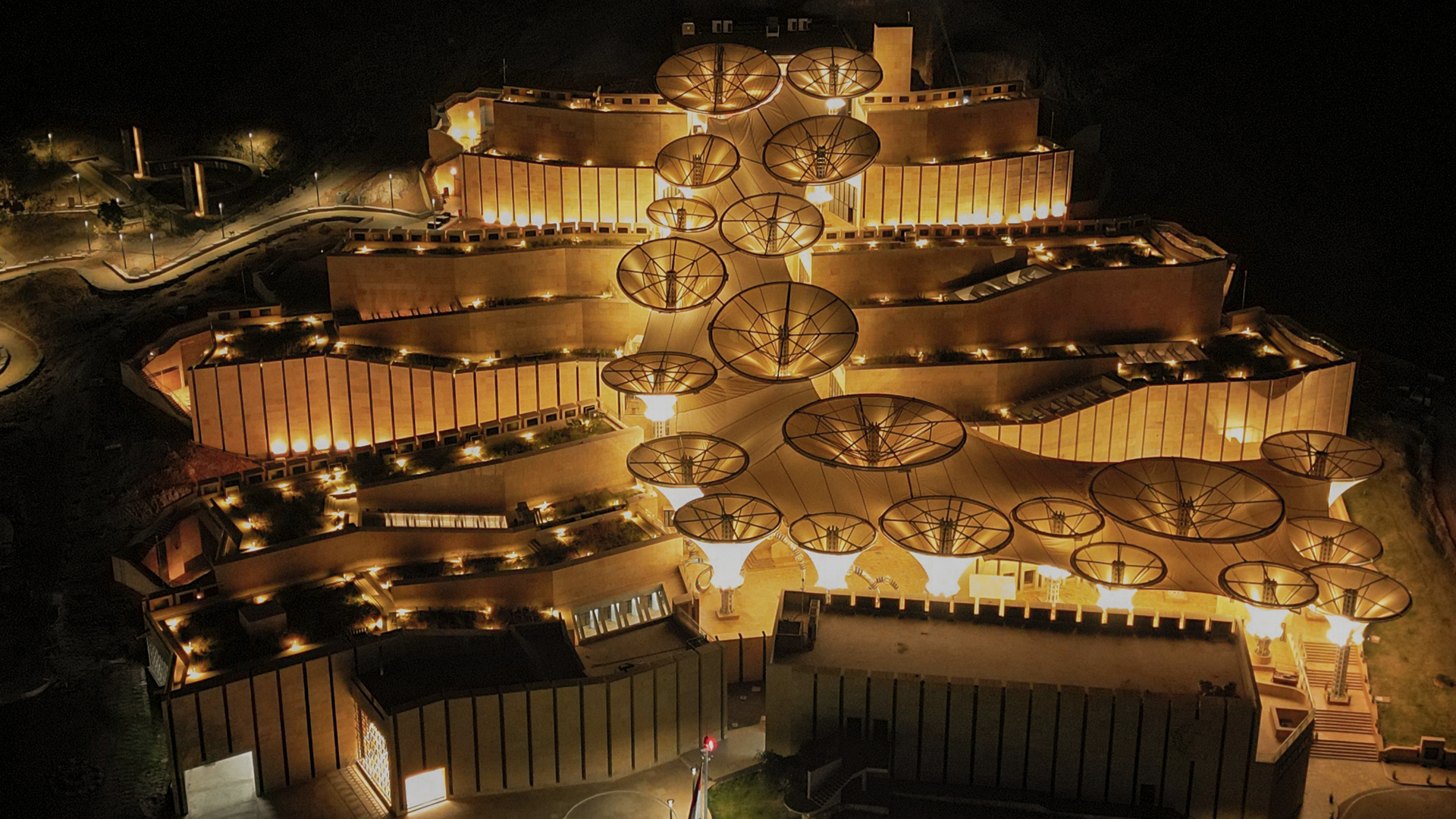


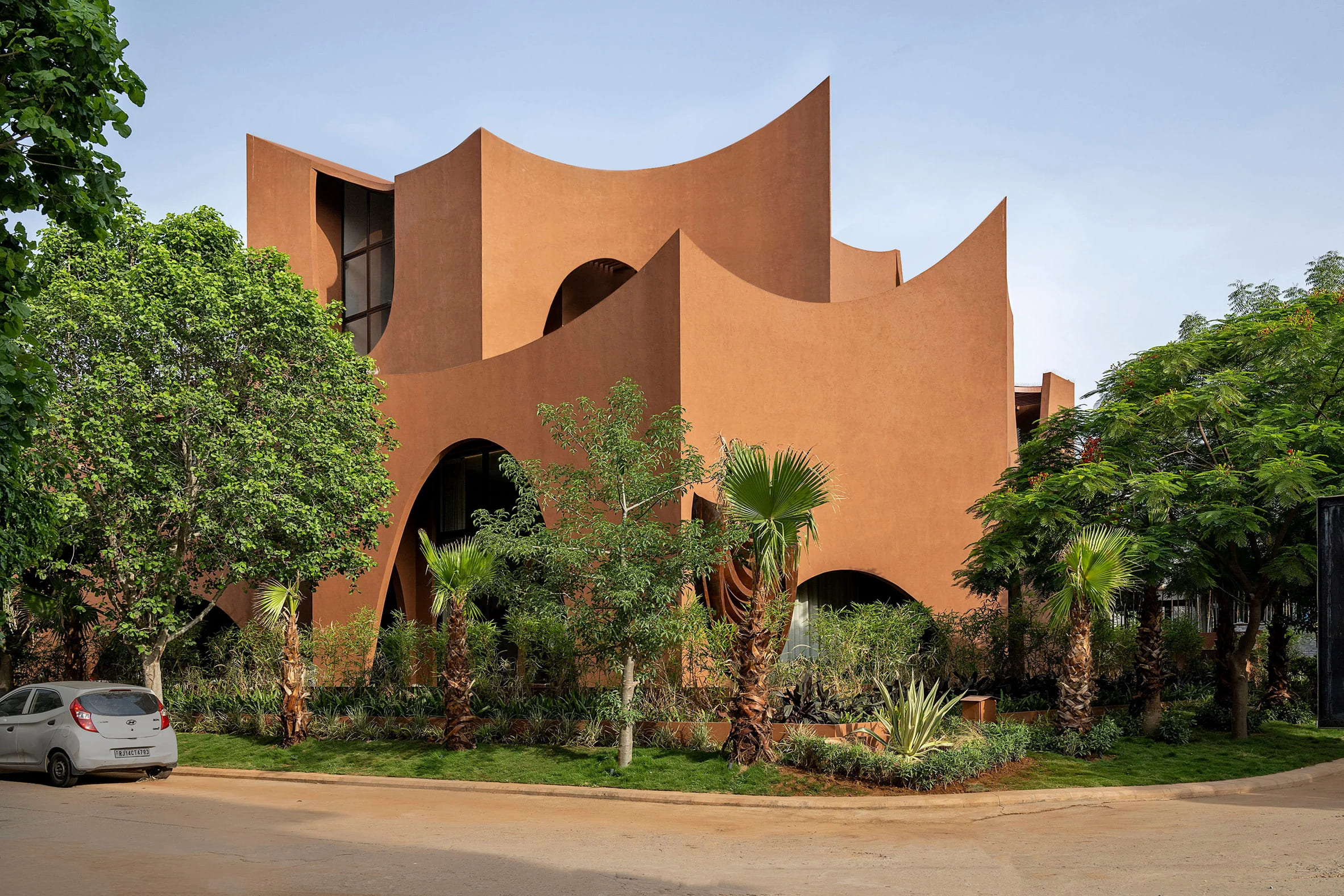

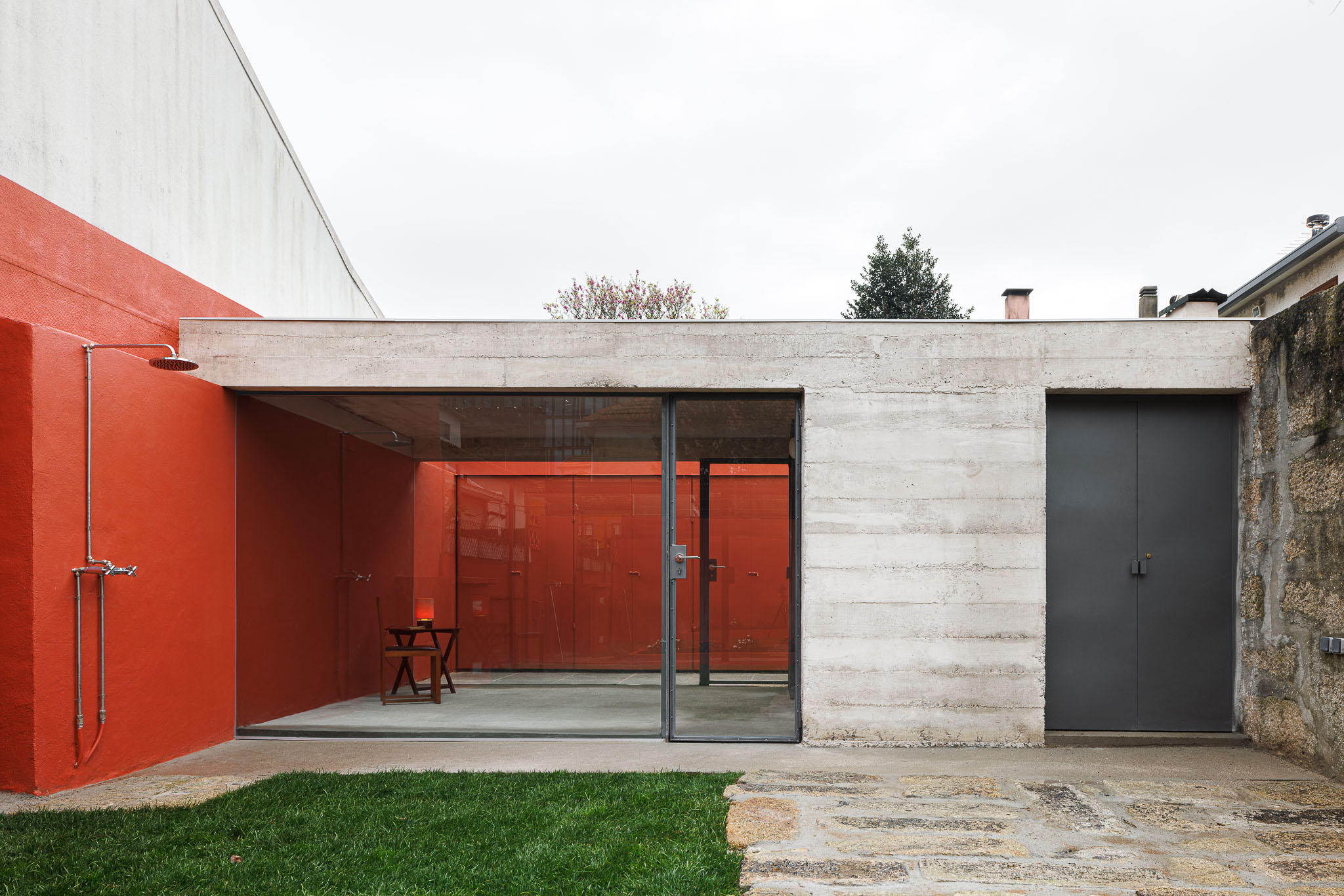
Authentication required
You must log in to post a comment.
Log in